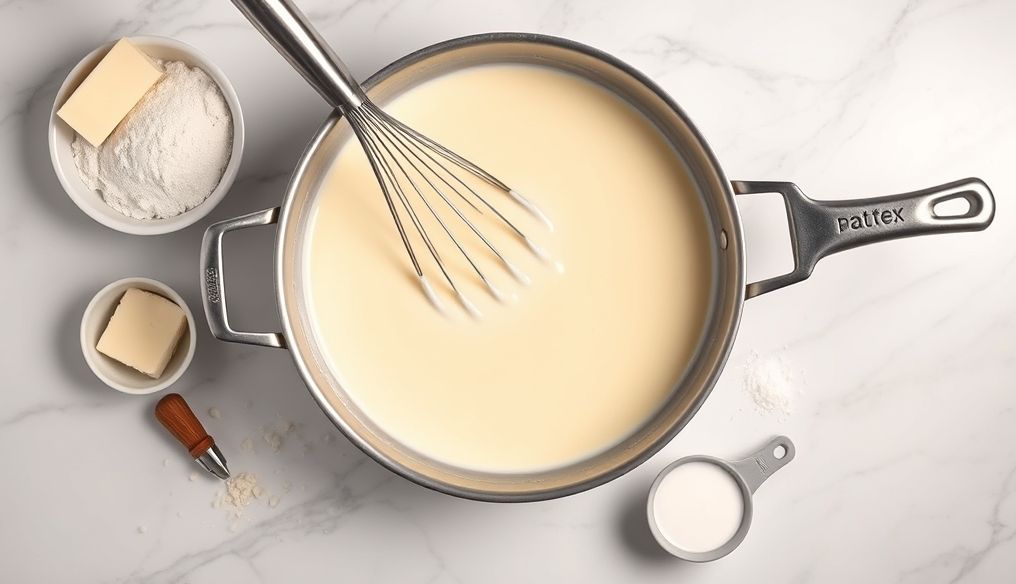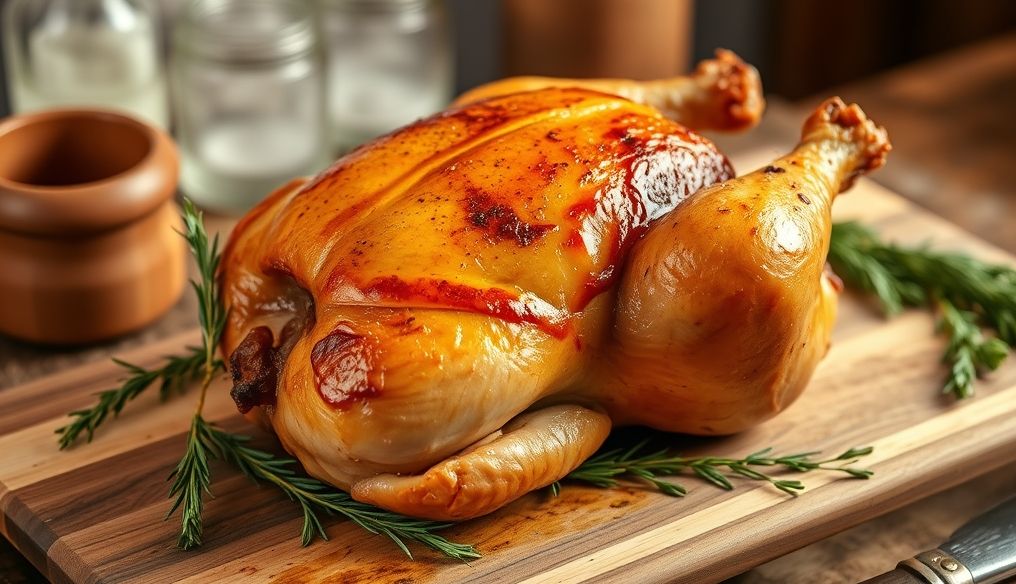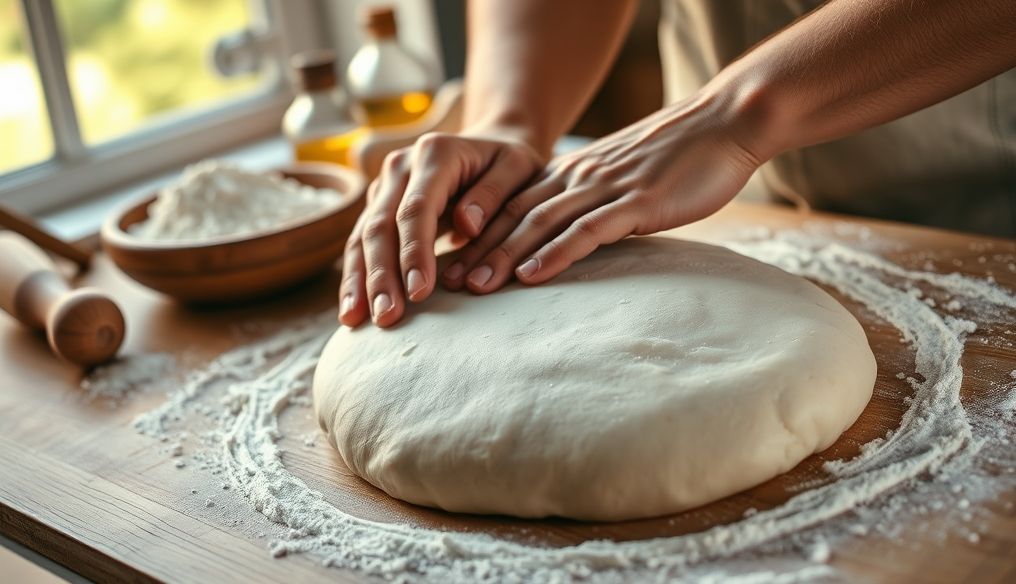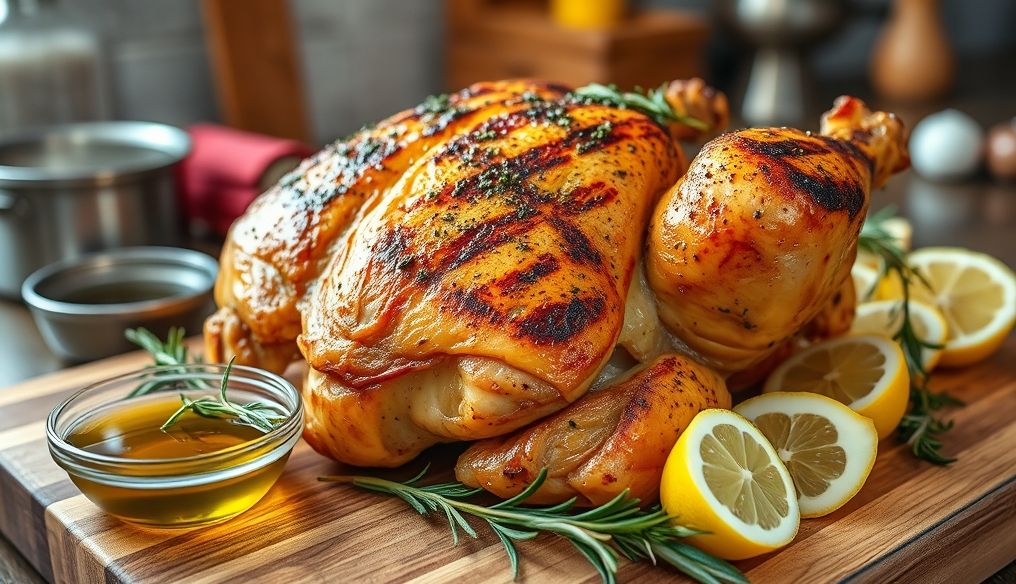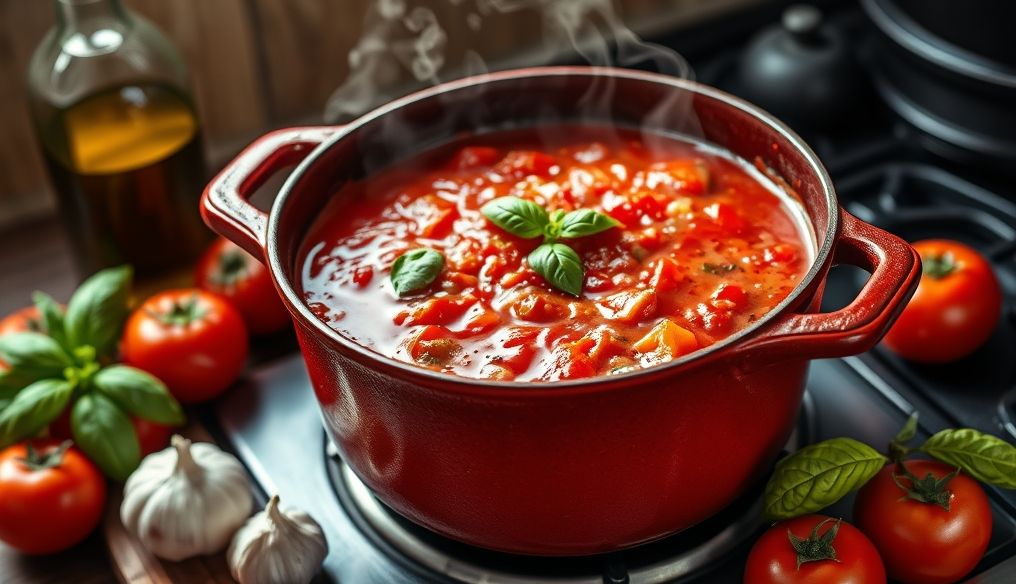What are the Secrets to Making Bechamel Sauce Without Lumps?
Bechamel sauce, or white sauce, is one of the five mother sauces of French cuisine and is widely used in many dishes around the world. From lasagna to gratins, bechamel adds an irresistible flavor and creamy texture. However, many people struggle to prepare it due to lumps that ruin the perfect consistency. Fortunately, there are simple secrets and techniques that can help you achieve successful bechamel every time.
Chapter 1: Understanding the Basics of Bechamel
Before diving into the secrets, it's important to understand the basic ingredients and correct proportions for preparing bechamel:
- Butter: Melts the flour and forms the base of the sauce.
- Flour: The thickening agent that gives the sauce its consistency.
- Milk: The main liquid that binds the ingredients and thins the sauce.
- Spices: Salt, white pepper (or black), and nutmeg to add flavor.
The standard ratio for bechamel is 1:1:10, meaning:
- 1 tablespoon butter
- 1 tablespoon flour
- 1 cup (240 ml) milk
These proportions can be adjusted as desired to achieve a thicker or lighter consistency.
Chapter 2: Secret #1: Melting Butter and Flour Correctly
The first and most important step is to melt the butter and flour correctly. The butter should be melted over low heat, then the flour is added and stirred constantly until a "roux" is formed. The roux should be smooth and free of lumps.
Tip: Use a wooden spoon or wire whisk to stir the roux constantly. Don't let the flour burn; it should only be light golden in color.
Chapter 3: Secret #2: Adding Milk Gradually
After forming the roux, it's time to add the milk. Here lies the biggest secret in preventing lumps. The milk should be added gradually, with constant and rapid stirring. Start with a small amount of milk and stir vigorously until completely mixed with the roux. Then add more milk gradually, continuing to stir.
Tip: Use warm milk to speed up the process and reduce the chances of lumps forming. You can heat the milk in the microwave or on the stove before adding it.
Chapter 4: Secret #3: Constant Stirring is Key
Constant stirring is key to getting a smooth bechamel. Don't stop stirring, even for a moment, especially in the early stages of adding milk. Use a wire whisk or wooden spoon and stir the sauce in a circular and comprehensive motion to ensure that the flour doesn't accumulate at the bottom.
Tip: If you're using a wire whisk, be sure to reach the corners of the pot to prevent lumps from forming in hard-to-reach places.
Chapter 5: Secret #4: Using Low Heat
Bechamel should be cooked over low heat. High heat can cause the flour to burn and form lumps. In addition, cooking over low heat allows the milk to thicken gradually without boiling quickly, which helps to achieve a creamy consistency.
Tip: If you feel the sauce is boiling too quickly, reduce the heat immediately.
Chapter 6: Secret #5: Straining as a Last Resort
If some lumps have formed despite all precautions, don't give up! You can strain the sauce using a fine-mesh sieve. This method will remove any remaining lumps and give you a perfectly smooth bechamel.
Tip: Use a spoon to press on the sauce while straining to ensure everything passes through.
Chapter 7: Adding the Perfect Flavor
After getting a smooth bechamel, it's time to add flavor. Salt, white pepper, and nutmeg are the traditional spices, but you can add a personal touch using:
- Grated Parmesan cheese
- Minced garlic
- Aromatic herbs such as thyme or rosemary
- Lemon juice
Tip: Start with a small amount of spices and taste the sauce before adding more. Remember that you can always add more, but you can't remove too much.
Chapter 8: Versatile Uses of Bechamel
Bechamel is not just a sauce; it's the foundation for many delicious dishes. Here are some ideas:
- Lasagna: The creamy bechamel layer is what makes lasagna irresistible.
- Potato or Cauliflower Gratin: Bechamel adds a rich flavor and creamy texture to vegetables.
- Sauce for Pasta: You can add bechamel to pasta with vegetables or minced meat.
- Creamy Soups: Adding bechamel to soups gives them a luxurious creamy consistency.
Tip: Try adding bechamel to your favorite dishes and enjoy the creamy flavor it adds.
Chapter 9: Additional Tips for Perfect Bechamel
- Use high-quality ingredients: Fresh butter and milk will make a big difference in flavor and texture.
- Don't overcook the roux: The roux should only be light golden.
- If the sauce is too thick: Add more milk gradually until you reach the desired consistency.
- If the sauce is too thin: Leave it on low heat for longer to thicken.
Conclusion
Preparing successful bechamel is not as difficult as it seems. By following these secrets and tips, you can get creamy, smooth, and lump-free bechamel every time. Enjoy preparing your favorite dishes with this wonderful sauce!
